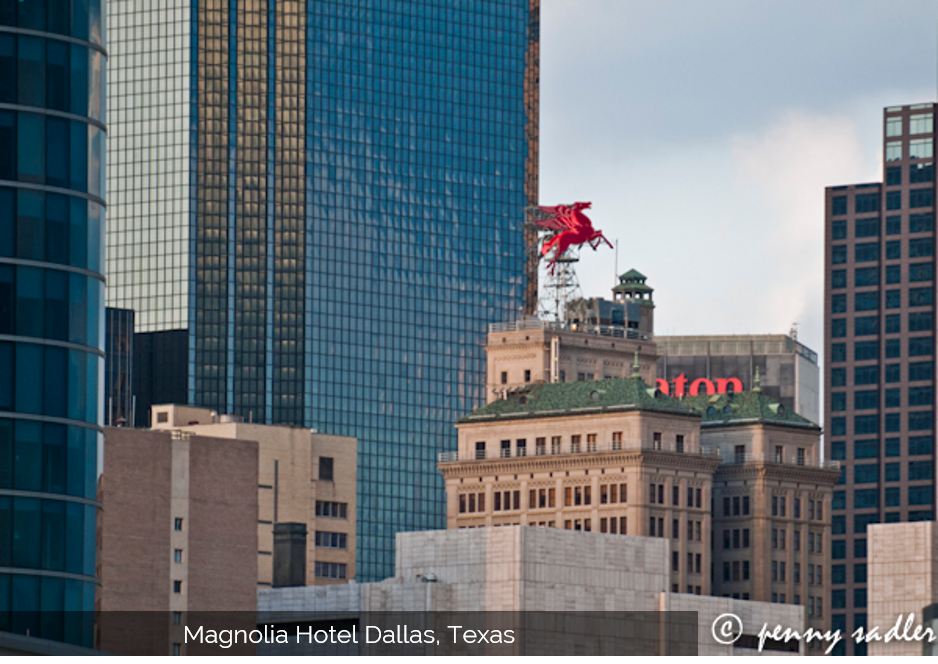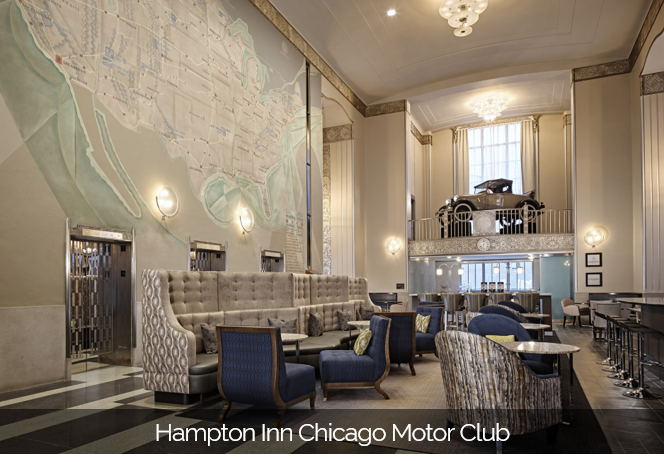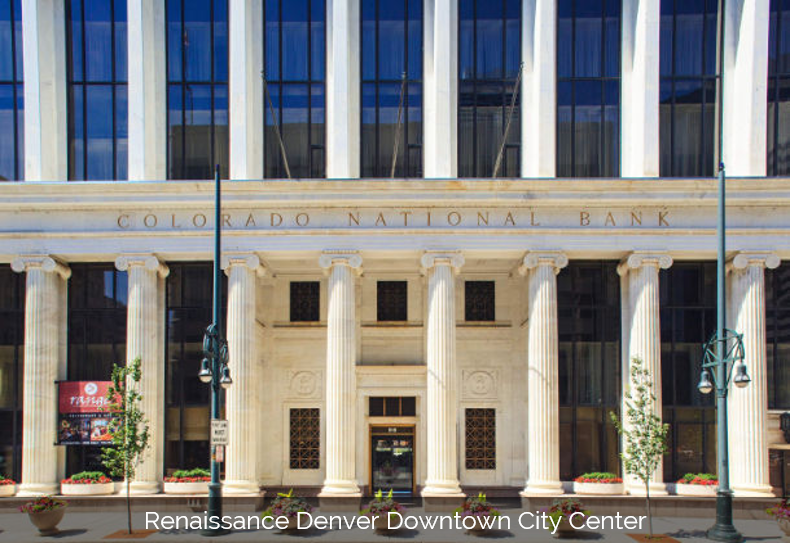
While conversions of historic buildings to high-end hotels have been taking place for decades, the trend has accelerated over the past several years, driven by a demand for one-of-a-kind hotel designs. The following looks at some of the challenges and rewards developers and hotel companies can expect when tackling a historic conversion project.
The Opportunities
The redevelopment of historic buildings offers quantitative and qualitative rewards, and these apply to both the developers and the communities and neighborhoods in which their projects are set. On a cost basis, for example, tax incentives and/or tax abatement programs can serve as a major incentive for the redevelopment of a heritage property.
Historic properties that  have stood dormant for years present several cost-saving opportunities on the local level. These include property-tax abatements effective for a certain period of years, the recapture of hotel occupancy taxes, or tax-increment financing. On the federal side, the IRS often provides tax credits for a developer willing to tackle a historic property conversion.
have stood dormant for years present several cost-saving opportunities on the local level. These include property-tax abatements effective for a certain period of years, the recapture of hotel occupancy taxes, or tax-increment financing. On the federal side, the IRS often provides tax credits for a developer willing to tackle a historic property conversion.
 have stood dormant for years present several cost-saving opportunities on the local level. These include property-tax abatements effective for a certain period of years, the recapture of hotel occupancy taxes, or tax-increment financing. On the federal side, the IRS often provides tax credits for a developer willing to tackle a historic property conversion.
have stood dormant for years present several cost-saving opportunities on the local level. These include property-tax abatements effective for a certain period of years, the recapture of hotel occupancy taxes, or tax-increment financing. On the federal side, the IRS often provides tax credits for a developer willing to tackle a historic property conversion.The rehabilitation of heritage sites and buildings also provides developers with powerful marketing and branding opportunities. Most heritage buildings have a unique, even colorful history. People recognize them as distinct, fascinating, and even unforgettable. Consider the standout branding advantage of the gigantic pair of winged horses, fashioned in fiery-red neon, that top the 29-story Magnolia Hotel Dallas. The horses, installed in 1934 and originating from the logo of Magnolia Oil, can be seen from the streets below and the windows of planes approaching Dallas, characterizing the hotel from miles away.
Interior elements of historic buildings bring marketing value, as well. Old bank vaults become meeting spaces or private dining rooms. Offices in Beaux Arts buildings transform into upscale guestrooms. Carved marble floors and balustrades become the distinguishing décor of a luxury hotel. High-profile examples of historic interiors include the Old Post Office Pavilion in Washington, D.C. (Trump International Hotel); the Le Méridien in Tampa, Florida; and the Renaissance City Center in Denver, Colorado.
In addition to financial and marketing incentives for developers, the redevelopment of historic assets tends to garner significant support, both official and informal, from local communities and neighborhoods. Beloved but blighted buildings can serve as a catalyst for surrounding ancillary development that otherwise would not have been considered feasible without a significant anchor. For example, 21c Museum Hotel developments have been catalysts for revitalization efforts in their respective neighborhoods of Louisville, Kentucky, and Oklahoma City, Oklahoma.
The Obstacles
A historic conversion project also faces obstacles that typical new builds do not. Rules and regulations on both the national and municipal levels can complicate the development of heritage sites.
As discussed above, the success of historic conversions depends largely on the preservation of key elements of design and décor. For instance, the hotel’s signage will be required to blend with the aesthetics of the building, which adds cost to the project. Yet developers also need to maintain structural integrity of these aging buildings and comply with modern building codes during redesign; compliance with the U.S. American s with Disabilities Act (ADA) can be particularly challenging. The difficulty and high price of obtaining resources to match existing building materials also presents a challenge.
s with Disabilities Act (ADA) can be particularly challenging. The difficulty and high price of obtaining resources to match existing building materials also presents a challenge.
 s with Disabilities Act (ADA) can be particularly challenging. The difficulty and high price of obtaining resources to match existing building materials also presents a challenge.
s with Disabilities Act (ADA) can be particularly challenging. The difficulty and high price of obtaining resources to match existing building materials also presents a challenge. Given these challenges, adaptive-reuse projects require architects, developers, carpenters, masons, and other workers with highly specialized knowledge, skills, and experience. There are a limited number of such human resources, not to mention their high premium, which can put additional strain on a historic conversion.
In addition, notwithstanding the tax incentives described above, the financial burden of adaptive reuse can often be cumbersome for hotel developers. Obtaining tax credits can be a burdensome process that takes time, and the developer must carry those costs and the risk of not receiving the benefit. To avail of these tax credits, hotels are often required to adhere to specific rules and regulations. Most commonly, the façade must be restored to its original design and condition (or replicated to match it). Some adaptive-reuse buildings have been abandoned for years and many have only single-paned windows; hence, the façade updates are typically required, and they register as some of the most expensive in the course of project development.
Costs and Incentives of Historic Preservation
Every adaptive-reuse project comes with its own set of incentives and challenges. Key considerations include the extent of preservation; the potential and adaptability for a hotel conversion; and factors related to gaining local, state, and federal incentives.
Some older buildings were built to a very high standard with long-lasting, high-quality materials. Thus, the high quality of the historic construction can sometimes offset a portion of the adaptation costs, especially when compared to the typical present-day costs of constructing standard structural components.  Redevelopment project costs, even considering incentives, are often higher than those that would be typical of new hotel construction. However, a historic building’s materials, design, and legacy can put it on a higher tier of the market, ultimately translating into higher average rates and RevPAR.
Redevelopment project costs, even considering incentives, are often higher than those that would be typical of new hotel construction. However, a historic building’s materials, design, and legacy can put it on a higher tier of the market, ultimately translating into higher average rates and RevPAR.
 Redevelopment project costs, even considering incentives, are often higher than those that would be typical of new hotel construction. However, a historic building’s materials, design, and legacy can put it on a higher tier of the market, ultimately translating into higher average rates and RevPAR.
Redevelopment project costs, even considering incentives, are often higher than those that would be typical of new hotel construction. However, a historic building’s materials, design, and legacy can put it on a higher tier of the market, ultimately translating into higher average rates and RevPAR. Environmental concerns and structural layout also factor in. The extent of asbestos and other hazardous materials should be fully ascertained before moving forward with a redevelopment, as the cost and timeline to remedy these concerns can kill a project.
A historic building’s structural layout, when properly managed during a conversion, can be transformed into the defining element of a hotel. For example, with the creative addition of light wells, large floor plans with pillars can become unique guestrooms and meeting spaces. While high ceilings and stone walls in large public spaces of a hotel can result in problems with noise, proper restoration and sound control can dampen the clatter, preserving the charm of these centerpiece spaces.
Final Thoughts
Developers need to examine how a historic conversion will make its mark on its neighborhood, submarket, or city, as well as its potential as a hotel from the perspective of product, service level, and branding.
 Careful brand pairing is essential to balance requirements of a hotel franchise and the regulations (and potential benefits) of historic preservation. Most commonly, issues related to flooring, signage, and public-space designs stand in the way of the cohesion of a project. However, older structures that do not carry a historic designation but bear similar characteristics to historic buildings could prove to be an alternative to investigate, as the regulations would be less onerous.
Careful brand pairing is essential to balance requirements of a hotel franchise and the regulations (and potential benefits) of historic preservation. Most commonly, issues related to flooring, signage, and public-space designs stand in the way of the cohesion of a project. However, older structures that do not carry a historic designation but bear similar characteristics to historic buildings could prove to be an alternative to investigate, as the regulations would be less onerous.The rise of soft brands such as Autograph Collection, Curio Collection, Ascend Collection, Tribute, and Unbound, alongside companies such as 21c Museum Hotels, Magnolia Hotels, NYLO, and Ambassador Collection, have been successful in finding a niche in their specific markets. Hotel developers and consultants should carefully weigh the factors discussed above and study other examples of historic building conversions when gauging the potential risks, challenges, and rewards of their proposed hotel projects.
About Shannon L. Sampson
Shannon L. Sampson is Managing Director and Leader of the firm's Caribbean Region consulting and valuation practice. With nearly 20 years at HVS, Shannon has extensive experience providing valuations, market and feasibility studies, and consulting services on a variety of asset types, including destination resorts, luxury mixed-use properties, convention hotels, and dual-branded hotels. Given his analytical skills and aptitude for solving problems that arise in complex projects, clients particularly value Shannon’s insights and recommendations regarding hotel room counts, product positioning, amenities, and branding for many types of proposed properties, including hotels, all-inclusive resorts, and mixed-use resorts with complementary real estate. Contact Shannon at (512) 626-9172 or [email protected].


0 Comments
Success
It will be displayed once approved by an administrator.
Thank you.
Error